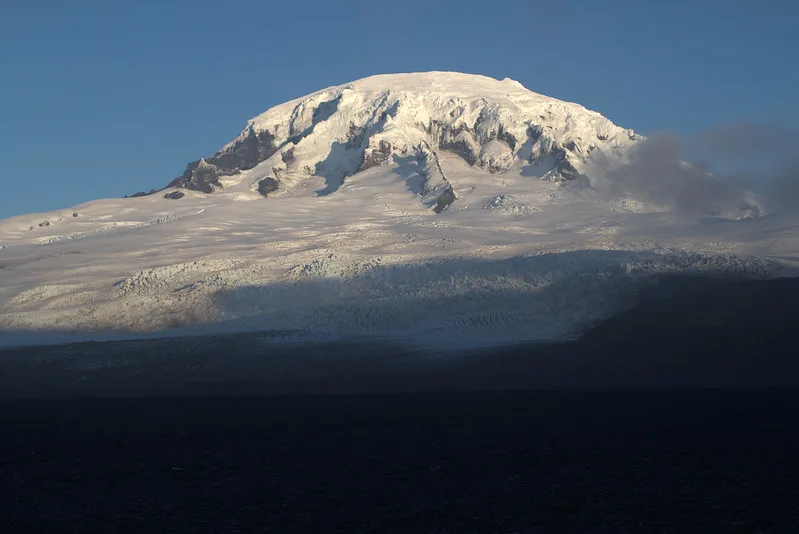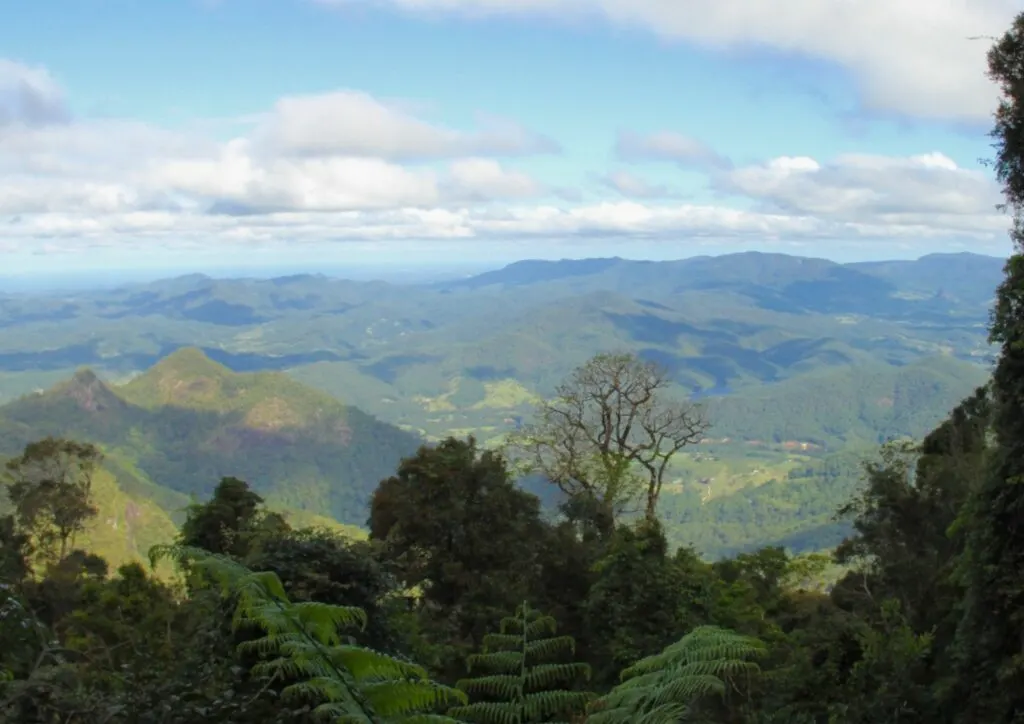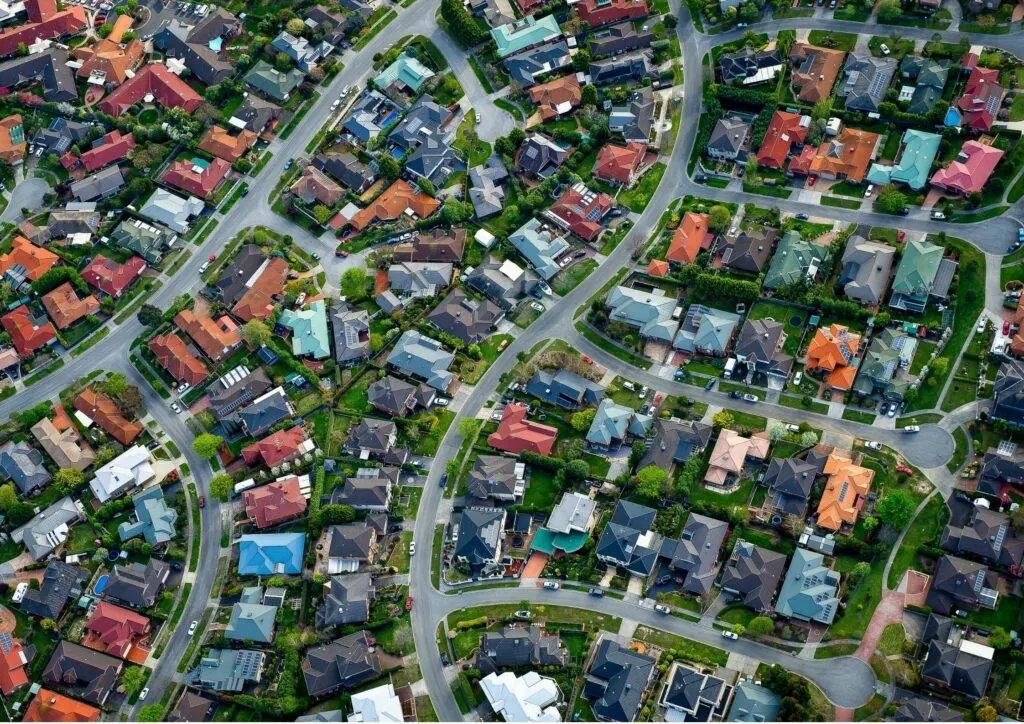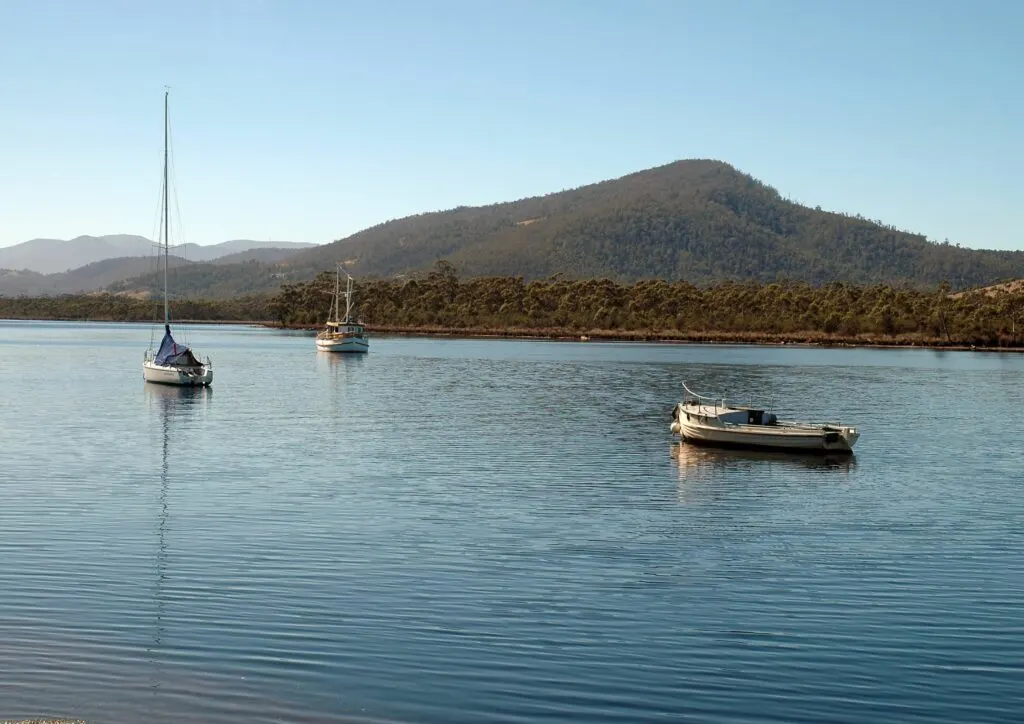Australia, one of the most visited island continents in the world, is known for many things, but volcanoes are not among them. That said, this unique destination immersed in aboriginal culture and unperturbed natural beauty is, in fact, home to hundreds of volcanoes – not all of them are active; most are dormant and extinct, but there are two active volcanoes.
What You Need To Know About Australia’s Volcanoes
‘Volcano’ isn’t a buzzword associated with Australia, but you need to know that there are volcanoes on the continent – some are active, some are dormant, and some are extinct. The thing about Australian volcanoes is that they haven’t erupted for the last 4,000 to 5,000 years, which is the reason that Australian volcanoes aren’t a regular conversation topic.
You might be interested in: Are there Deserts in Australia?
How Many Volcanoes Does Australia Have?
There are hundreds of volcanoes in Australia; in NVP alone, there are about 400 small volcanoes. But the country has only two active volcanoes.
Volcanoes in Victoria
Victoria, Australia’s southernmost state, is home to over 400 volcanoes. As it happens, Victoria is the third-largest volcanic region in the world. The state has an active volcanic field, making it part of NVP, the Newer Volcanic Province. This area doesn’t contain just one volcano; it is actually a large field with numerous small volcanoes.
Although there haven’t been any eruptions since the European settlement, it is believed that the Aboriginal people may have witnessed some activity several thousands of years ago – a new study suggests that two Victorian volcanoes, Tower Hill and Budj Bim, erupted around 34,000 years ago.
Volcanoes In NSW
Tweed Volcano, Mount Warning, Mount Canobolas, Mount Kaputar, and Ball’s Pyramid are some of the volcanoes found in NSW. The Tweed Volcano is believed to have erupted about 23 million years ago, which makes it an extinct volcano; it is also an example of a shield volcano.
Volcanoes In Queensland
The list of Queensland volcanoes includes Mount Elephant, Mount Schank, McDonald Islands, Mount Leura, Mount Fox, Anzac Peak, Mount Noorat, and Mount Napier. Queensland is also part of the Newer Volcanics Province, which sprawls over an area of 15,000 square kilometres.
Does Sydney Have Volcanoes?

Ancient volcanic activity has been discovered in Sydney. Researchers have found several extinct volcanoes off the Sydney coast; these volcanoes are about 50 million years old. This cluster of volcanoes is located 4,900 metres below water, and four of them are caldera volcanoes.
Recommended reading: Does it Snow in Australia
How Did The Volcanoes In Australia Form?
The usual process of volcano formation is called subduction. This is when the two tectonic plates collide with each other, causing one to go under the other one. There’s another way of volcano formation; it’s called hotspot volcanism; this occurs when a hotspot on a tectonic plate pushes through the earth’s surface.
It is believed that the Australian volcanoes were created when the continent moved across a hotspot, causing it to melt through the crust and the earth’s mantle.
How Many Active Volcanoes Are In Australia?
Currently, there are two active volcanoes on the continent: Big Ben on Heard Island and McDonald Islands. Both are located in the Australian Antarctic Territory, 4000 KM southwest of Perth: the two volcanoes form part of a larger volcanic region in the Southern Ocean.
Heard Island – Big Ben

Big Ben is a volcanic peak on Heard Island that controls the geography of the island. Seismic activity has been reported here since the mid-1980s. The island has a land area of 368 square kilometres and Big Ben has an elevation of 2745 metres above sea level, which makes it taller than the tallest mountain on the mainland: Mount Kosciuszko has an elevation of 2228 metres. The island is also home to a second volcanic cone, known as Mt Dixon, which rises up to 700 metres above sea level.
McDonald Islands
McDonald Islands are smaller than Heard Island, and the volcanic activity here is somewhat recent. The elevation of the islands is only 230 metres, with a land area of 2.45 square kilometres. The volcanic activity that occurred in the 1990s has erased some landmarks and formed new ones. This volcanism has also caused the loss of vegetation on several islands.
McDonald Islands and Heard Island are the islands that form the only sub-Antarctic Island with an unperturbed ecosystem – humans haven’t introduced any species into the ecosystem yet, which allows plants and animals to retain their natural state and remain in their natural habitat.
Extinct Volcanoes In Australia

Australia is home to one of the largest extinct volcanoes in the world: the Tweed Volcano.
Located in New South Wales, the Tweed Volcano is extinct; it is believed that the volcano last erupted around 23 million years ago. This is also one of the shield volcanoes. The volcano has eroded over time, and now there’s a massive caldera around it; this erosion caldera is the largest in the Southern Hemisphere.
Why Is There So Little Volcanic Activity In Australia?
The lack of volcanic activity in Australia has to do with its tectonic plate boundaries, or rather the lack of it – Australia has no tectonic plate boundaries. The continent’s location in terms of tectonic plates is such that there’s no probability of volcanic activity, but this is not to say that there’s no possibility.
What Is The Largest Volcano In Australia?
Big Ben on Heard Island is the largest volcano on the Australian continent; the island’s location is very remote.
When Was The Last Time A Volcano Erupted In Australia?
The last eruption of the McDonald Islands was reported in 2005. The most recent volcanic eruption on the Australian mainland, however, occurred over 5,000 years ago in South Australia; the eruption took place at Mt Schank and Mt Gambier.
Can Australia Have A Volcano Eruption In Future?
There are no active volcanoes on the mainland. But the nature of volcanoes is such that they can become active at any given time. It is difficult to predict eruptions as there aren’t any warning signs. But the history of a volcano can offer some clues; earthquake activity and changes in the cone of the volcano can also be tell-tale signs of an imminent eruption.
There are some facts that can be taken into account when predicting eruptions – for instance, Hawaiian volcanoes have reported eruptions several times, but NVP volcanoes, according to the history of eruptions, tend to erupt just once or over a specific time period.
Is Melbourne Sitting On A Volcano?

In theory, yes. The Newer Volcanic Province, NVP, is found in Victoria, South Australia. This is not just one volcano with magmatic activity; it is rather a field of small volcanoes. Melbourne is located at the eastern corner of the volcanic area where no recent volcanic activity has been reported – the last one is reported to have happened a million years ago. The NVP was active thousands of years ago, but experts believe that there’s potential for volcanic activity in the area.
How Are Australia’s Volcanoes Different From Others In The World?
The difference between Australian volcanoes and other volcanoes in the world is down to the tectonic plates. Australia has no tectonic plate boundaries, making the probability of volcanic activity lesser than, say, the probability of volcanic activity in New Zealand.
Must-Visit Volcano Sites In Australia
While volcanoes carry images of disaster and disruption, some of the Australian volcanoes have become popular tourist sites. If you are planning to travel to Australia soon, here’s a list of volcano sites you must visit.
Volcanoes Discovery Centre
Found at the foot of Mt Rouse volcano, a dormant volcano, the Volcanoes Discovery Centre is a must-visit if you are interested in learning about the history of volcanoes. The summit of the mountain is an amazing vantage point, and in the evening, you can see wallabies and kangaroos bouncing across the crate.
Mount Napier
Hike up to the peak of Mount Napier for amazing views across the sea. The lava canal and the lava caves are the most impressive features of Mount Napier; there’s also a walking track you can use to get up to the top.
Tower Hill Reserve
The last reported volcanic eruption here took place around 25,000 years ago. Tower Hill is located on the Great Ocean Road, west of Warrnambool. You can enjoy many wildlife encounters on guided tours; koalas, kangaroos, wedge-tailed eagles, and emus are some of the inhabitants of the place.
Hanging Rock
Located 10 minutes from Woodend, Hanging Rock has been a popular picnic site ever since the European settlement. You can also see many of Australia’s local species here; wallabies, sugar gliders, koalas, kangaroos, and echidna are some of the animals you will come across; forty species of birds have also been spotted at the site.
Wombat Hill Botanic Gardens
Another popular picnic place, Wombat Hill Botanic Gardens are situated at the top of an extinct volcano. The gardens offer mesmerising views of the area; there’s also a café at the top of the hill.
Mt Franklin

Lying right outside Daylesford, Mt Franklin was once a gold mine popular in the gold rush era. Although the site is now known for picnics, when it was active, it used to fill the streams and valleys with so much magma. Stunning panoramas and the intrigue inspired by volcanic sites are the main two draws for tourists visiting Mt Franklin.
